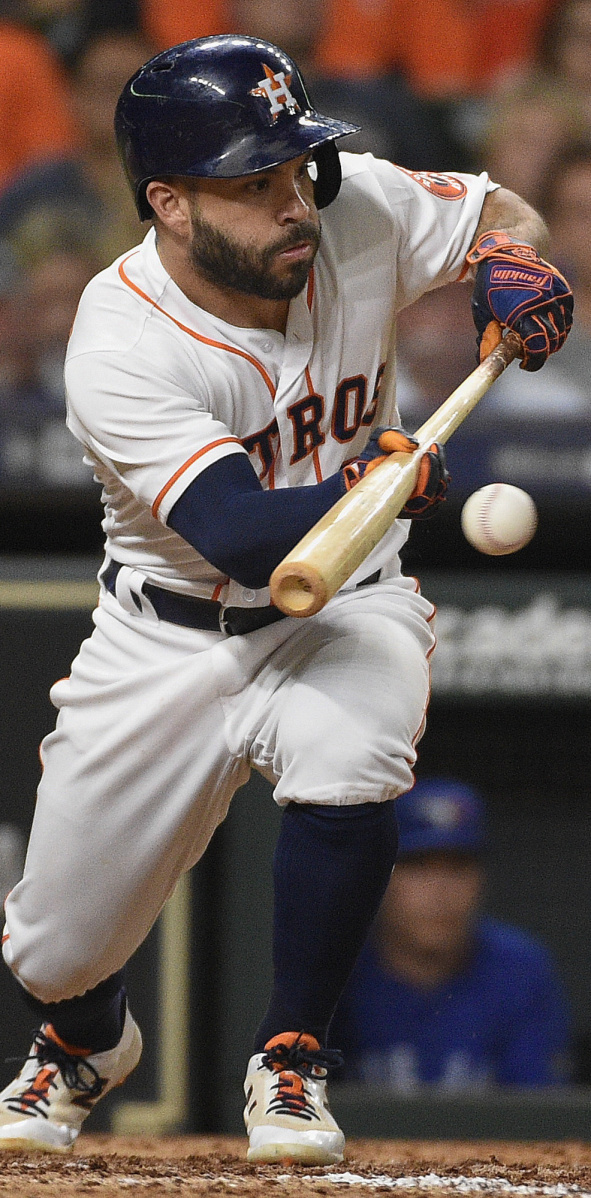Few tactics in baseball fuel more debate than the bunt. The sabermetric community has argued against the bunt for decades with its most famous face, Bill James, telling NPR in 2011 bunting is “usually a waste of time.”
“I mean, if you think about it, (a) bunt is the only play in baseball that both sides applaud,” James said. He explained further: “The home team applauds because they get an out, and the other team applauds because they get a base. So what does that tell you? Nobody’s really winning here.”
And it was around that time that the bunt started to decline in usage. For example, bunts accounted for 2 percent of plate appearances in 1993 but only 1.7 percent in 2011 at the time of James’s comments. There’s been a steady decline ever since – all the way to 0.7 percent so far this season.
James would later confess in his Guide to Baseball Managers, published in 2014, that he was “no longer convinced that the sacrifice bunt is a poor percentage play,” but the fact remains it is still a scourge to many in the analytic community.
And as more front offices became believers in data, the less we saw teams trying to bunt for hits. In 2017, bunt hits were way down. According to data from TruMedia, there were 232 bunt singles last year from March to June, the lowest since 2008, the first year data is available. This season there were 226.
But it might be time to bring the bunt back, especially with more and more teams employing the shift to neutralize the league’s most predictable hitters.
The infield shift became part of the baseball landscape in the 1920s but didn’t gain prominence until the mid 1940s, when Cleveland Indians manager Lou Boudreau famously put six fielders on the right side of second base in an effort to slow down the production of Ted Williams of the Boston Red Sox. The number of defensive shifts has increased nearly 900 percent this decade, from 3,323 in 2010 to 33,218 in 2017. There have already been 22,683 shifts employed in 2018.
The shift has been used so many times super agent Scott Boras called it “discriminatory” to left-handed hitters, with one of his most famous clients, Bryce Harper, struggling mightily against the tactic in addition to seeing it much more frequently. In 2015, a year he was unanimously named the NL MVP, Harper faced the shift in 126 of his 654 plate appearances (19 percent), boasting a batting average on balls in the field of play of .384 while creating runs at a rate that was 48 percent above average after adjusting for league and park effects. This year he has seen the shift in 176 of his 392 plate appearances (45 percent), resulting in a batting average on balls in play of just .233, creating runs at a rate that is 62 percent less than the league average.
The best bet to countering this defensive alignment – hitting a groundball to the opposite side of the field – is great in theory, but difficult to put into motion. Major League batters have hit 4,754 ground balls this season against the shift; less than a quarter of those (11 percent) have been to the opposite field. And just 23 of those grounders to short have produced a run. If a player could hit an opposite field groundball on command against the shift that would be ideal, as batters have a .531 average on such plays. But baseball doesn’t really work that way.
“That play is easy, and it gets screwed up all the time,” St. Louis Cardinals third baseman Matt Carpenter told ESPN’s Jerry Crasnick. “Guys can’t hit a groundball when all they have to do is hit a groundball to score a run.”
The antidote, then, would appear to be simple: Depending on the positioning of the fielders, bunt for a base hit.
“I’ve tried to bunt a few times, and I’ve had a few successes,” Kyle Seager of the Seattle Mariners said. “But the third baseman is usually still in there for the first two strikes, so the bunt is not as big a factor as it could be.”
Again, it depends on the situation.
In 2015, there were 59 bunt attempts away from the shift, and hitters were successful 73 percent of the time. In 2018 there have already been 62 bunt attempts away from the shift with better results (76 percent success rate). A soft groundball to the opposite field against the shift, by comparison, is successful less than half the time (49 percent). It stands to reason then, if used selectively, like James advocated in 2014, the bunt could once again become a valuable weapon in a manager’s arsenal against the shift.
Copy the Story LinkSend questions/comments to the editors.



Success. Please wait for the page to reload. If the page does not reload within 5 seconds, please refresh the page.
Enter your email and password to access comments.
Hi, to comment on stories you must . This profile is in addition to your subscription and website login.
Already have a commenting profile? .
Invalid username/password.
Please check your email to confirm and complete your registration.
Only subscribers are eligible to post comments. Please subscribe or login first for digital access. Here’s why.
Use the form below to reset your password. When you've submitted your account email, we will send an email with a reset code.